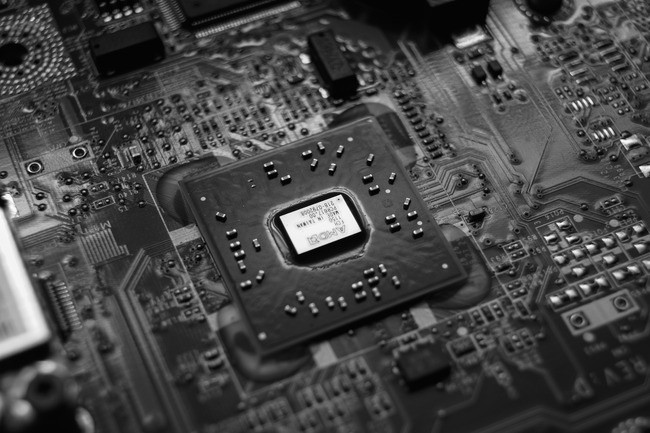
In the brain of semiconductors, Samsung, which has made substantial contributions to the semiconductor industry, is about to take an incredible step in developing internal GPUs, and as a result, premium smartphone chips may be radically transformed.
The possibility is that the high-tech giant might be considering shifting to a relationship of proprietary GPU cores embedded in the Exynos 2600 System-on-Chip (SoC) instead of keeping the long-standing partnership with AMD. By doing this, Samsung proves its commitment to always mount the performance level and performance by which the chipset of the firm operates.
A Change in Semiconductor Strategy Concept
Another important milestone in the history of chipsets, the Exynos 2500 Chipset, is slated to be released by Samsung this year. The company's own Foundry is the source of the Exynos 2500, which is built using the latest 3nm processing technology. This only says that devices that are equipped with the said chipset would have the highest performance ever, but they would also have the lowest level of energy consumption that would be recorded.
Also, with the adoption of Gate-All-Around (GAA) transistor technology in its 3nm silicon solution, Samsung is going to be way ahead of its competitors and will deliver the best in chip performance, maybe even better than the Snapdragon 8 Gen 4 platform.
Roland Quandt, a well-known leaker, has ignited a flurry of rumors claiming that Samsung intends to integrate its own GPU into the Exynos 2600 SoC, perhaps bidding adieu to AMD's RDNA GPU. This radical shift goes against the grain and emphasizes Samsung's bold strategy for chipset innovation.
Umm... so there's S5E9945 right? (Exynos 2400)
— Roland Quandt (@rquandt) May 4, 2024
And then there's S5E9955, which follows after that.
Exynos 2400 has an AMD GPU. The follow-up will have AMD GPU, too, it seems.
After that, in 2026, Samsung seems to aim for the release of a next-gen flagship SoC feat it's own GPU.
Creating a Path for Technological Independence
Samsung's move to switch from AMD RDNA cores to their own GPU creation just represents their commitment and also their calculated steps towards independence in the chipset arena. By developing their own GPU technology, the company hopes to become a strong competitor and be less reliant on outside partnerships.
Furthermore, the incorporation of the proprietary GPU cores holds the potential to release new paths for performance and efficiency, propelling Samsung's Exynos series to the forefront of chipset developments.
Even thought the specifics of Samsung's internal GPU are unknown, industry watchers believe that the firm might expand on the RDNA architecture that AMD has already established. Just like Qualcomm, which uses AMD Radeomn for their Adreno GPU cores, Samsung would want to take advantage of the current technology and knowledge that pave the way for their independence in the chipset competition.
Rumors that have been circulating about Samsung's custom chip design for less than a year are a signal that Samsung is trying to create or build a vertically integrated supply chain business model. Way back in the past, it was Samsung's policy to postpone the development of an in-house CPU. However, the Oryon cores of Qualcomm might have started the company's desire to become an independent chipset developer. This happening cautiously awaits the announcements of future innovations breeding the Exynos 2600 SoC as a herald of change.
The prospective transition of the AMD RDNA cores to an in-house solution for the Exynos 2600 SoC just shows the company's stride to depart from the company's standard chipset innovation model. Utilization of the customized GPU technology that Samsung developed will not only demonstrate their independence but also become a strong competitor, all thanks to their advancing tech. The path is just about to get started where they, the Exynos 2600 SoC, have a chance to write new rules in the world of flagship smartphone processors.
© Copyright 2025 Mobile & Apps, All rights reserved. Do not reproduce without permission.














